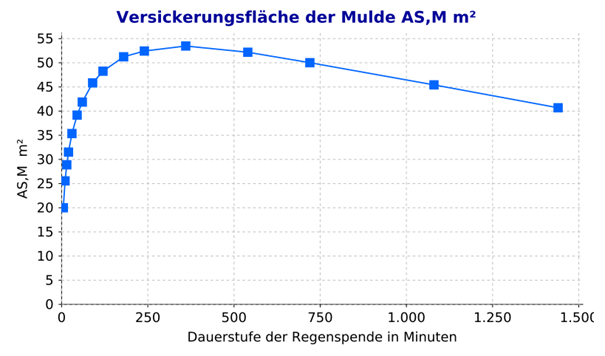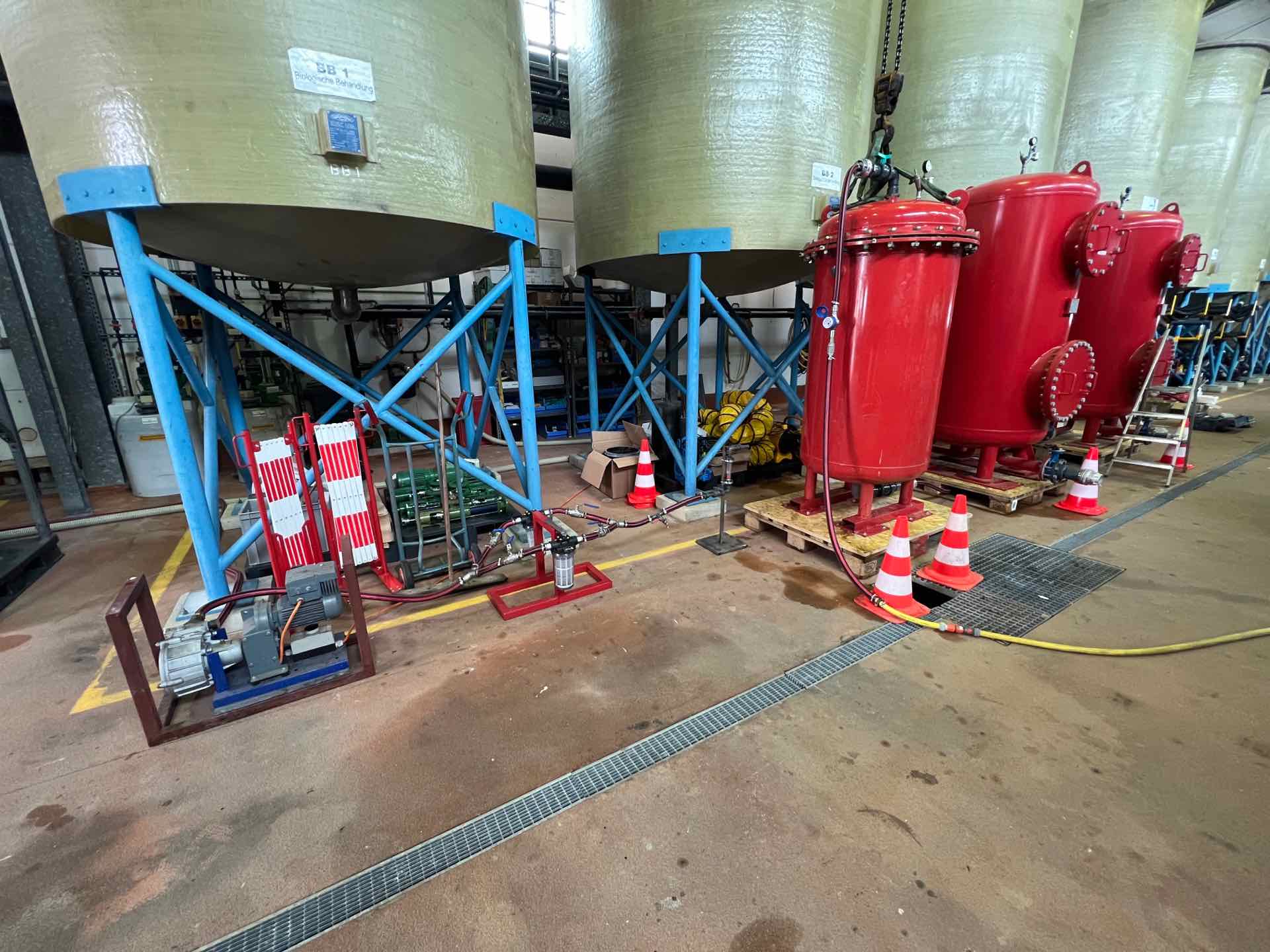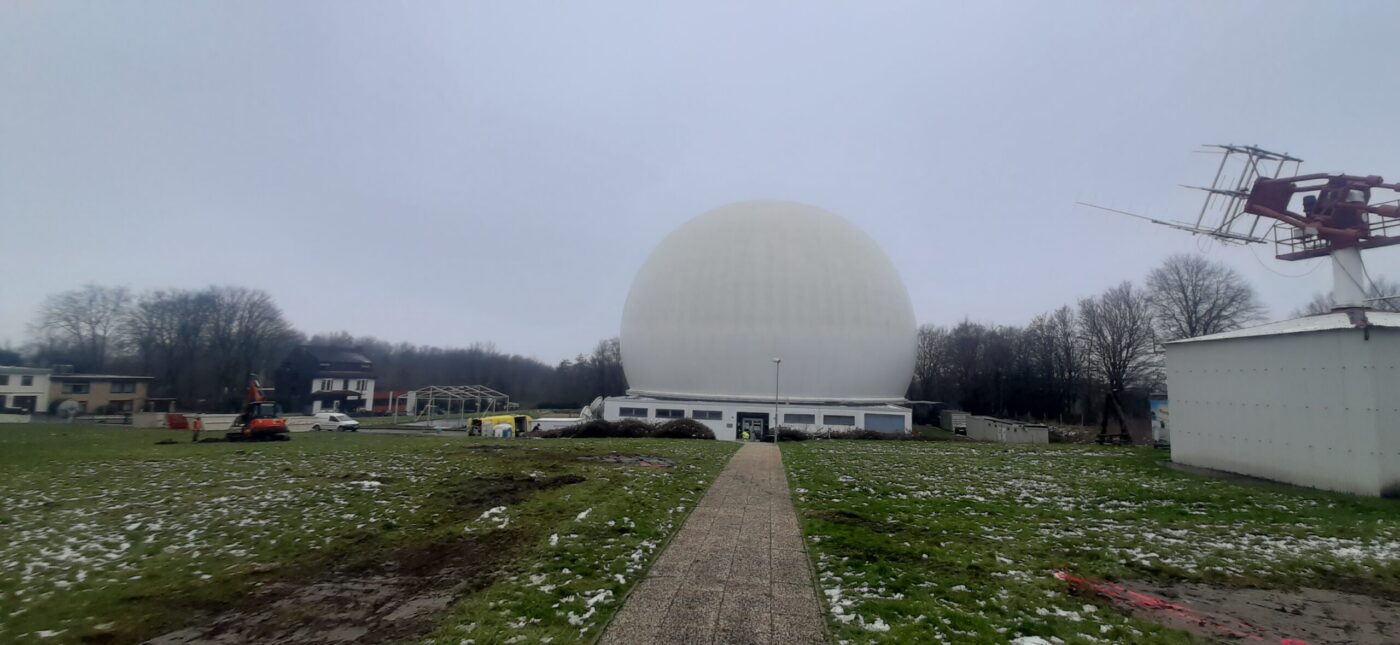In many construction projects, the environmental and waste law-related recyclability of the excavated soil poses recurring challenges for our clients. As a consultancy firm, we are interested in supporting our clients in preparing the construction site logistics and the construction process in a time-optimised and cost-effective manner. In this way, valuable resources can be conserved.
We have had good experience with analysing the excavated soil to be expected during a construction project in advance using grid field sampling, a form of in-situ sampling method.
Excavator trenching allows for greater site outcrops than pile-driving core sampling, as more material is available for sampling, which allows for representative material characterisation.
Planning grid field sampling the total amount of excavated material is determined from the size of the construction site and the final excavation depth. The construction site is then divided into a grid. The grid areas should be of a reasonable size: Provided that the history of use does not indicate any contamination of the construction site, a quantity of max. 250 m³ per field is manageable. The fields should have a depth metre and the corresponding edge lengths.
Another advantage for customers is the foreseeable time frame until the results are available, as the laboratory processing times are requested in advance and included in the calculation.
Grid field sampling is carried out by dividing the construction site on site into permanently labelled grid fields. One or two excavator trenches are placed in each grid field. The required number of composite samples is compiled for each metre of depth and sent to the laboratory. The documentation takes the form of informative photos of the excavated material and the trenches. A measuring rod, prepared labelling and the corresponding sampling protocols are indispensable for this.
Care must be taken to ensure that the soil material is excavated by the metre and stored to the side of the trench for sampling. When reclosing the trenches, the material must be dredged back in the original sequence to prevent the spread of contaminants.
Grid field sampling makes sense for a construction project if the terrain to be investigated is suitable for this type of investigation. This is the case ...
- if a large amount of excavated soil is to be expected in a short period of time
- if the soil material to be excavated consists largely of anthropogenic fillings
- if the construction site has a history of previous use, e.g. is located in the city centre or in a (former) industrial area and certain contamination is to be expected as a result, but no contaminated site is present
- if a waste certificate is required for the excavated material because it cannot be used on the construction site for site modelling. This is the case, for example, if it is geotechnically or legally unsuitable for utilisation or simply too much, or if the excavated soil cannot be stored on the construction site as a pile due to lack of space or the construction period.
It goes without saying that we take all legal requirements into account when carrying out grid field sampling, including the following laws, ordinances and regulations:
- Closed Substance Cycle and Waste Management Act
- BBodSchV
- Landfill Ordinance
- LAGA M 20
- LAGA PN 98
- VwV (exemplary for country-specific regulations)








